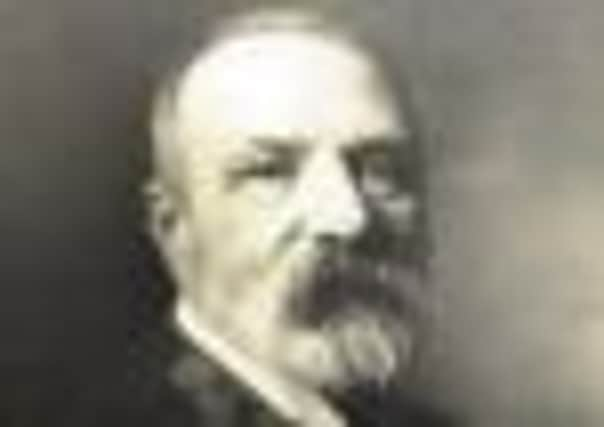Taxidermy inspired three generations


In 1860 the Warwick saddler, harness-maker and glass-eye producer had a shop at 33 Jury Street, Warwick, where the Victorian fancy for preserving dead animals in glass cases was starting to take off.
John also went on to develop an interest in the relatively new invention of photography and captured realistic naturalist scenes to great effect.
Advertisement
Hide AdAdvertisement
Hide AdAll these skills were taken to new heights by his son Peter, whose recreation of natural-looking montages of stuffed birds, stoats and pet dogs led on to him gaining a world-wide reputation for the art of taxidermy.
Even today Peter Spicer’s “installations” fetch high prices at auction. He was the Damien Hirst of his day.
And at the Warwickshire Museum in Market Place, Warwick, visitors can view several examples of Peter and John’s work on show in a reproduction of the original shop in Jury Street.
Not that Peter, the artist, spent too long there.
By the 1870s he had expanded to Leamington where he went on to have businesses in the Parade, Wellington Street, Victoria Terrace and at the rear of Spencer Yard where at one stage he seems to have employed some 30 workers in the curing, preserving and preparing of feathers, fur and skin to be set in natural-looking scenes of dried moss, grasses and rocks often set against a hand-painted backdrop that was a work of art in its own right.
Advertisement
Hide AdAdvertisement
Hide AdAs each display was completed Peter usually signed a pebble to mark it out as one of his own.
Traditionally, taxidermists did not live long because of the arsenic and other substances used in the preservation trade, but Peter lived to the age of 96.
He died in 1935, by which time his two sons, William, from his first wife Ann Ward, and Gilbert from his second wife Lavinia Williams, were both running the hugely successful business that had contracts from India and East Africa.
By the turn of the century the fashion for dead creatures in glass domes was being overtaken by the increasing demand by Big Game hunters to have the heads of their trophy lions and tigers preserved for display on the walls of their baronial halls.
Advertisement
Hide AdAdvertisement
Hide AdThen there were the novelty side trinkets like stag’s feet candle holders - or the full Monarch of the Glen himself with 16-point antlers.
Dr Jon Radley, curator of natural sciences at the museum, said: “The history of the Spicer family is fascinating and we have one of the biggest collections of their craft right here.
“Peter was regarded as one of the greatest British taxidermists of the late 19th and early 20th century. Sadly, in the past some owners removed their specimens from the original cases which is why in 2002 we commissioned a leading authority, Robert Chinnery, to re-case six examples of the Peter Spicer’s work.
“Peter’s oldest son William went on to be a founder member of the Leamington and Warwick Operatic Society and first president of the Leamington Rotary Club.
Advertisement
Hide AdAdvertisement
Hide Ad“Gilbert, who died in 1968, was said to have a natural talent for marketing and really expanded the business among sportsmen in this country and abroad. In his younger days Gilbert was one of the first people in Leamington to own a motor car and for a time he was also an honorary curator of the Leamington Museum.”